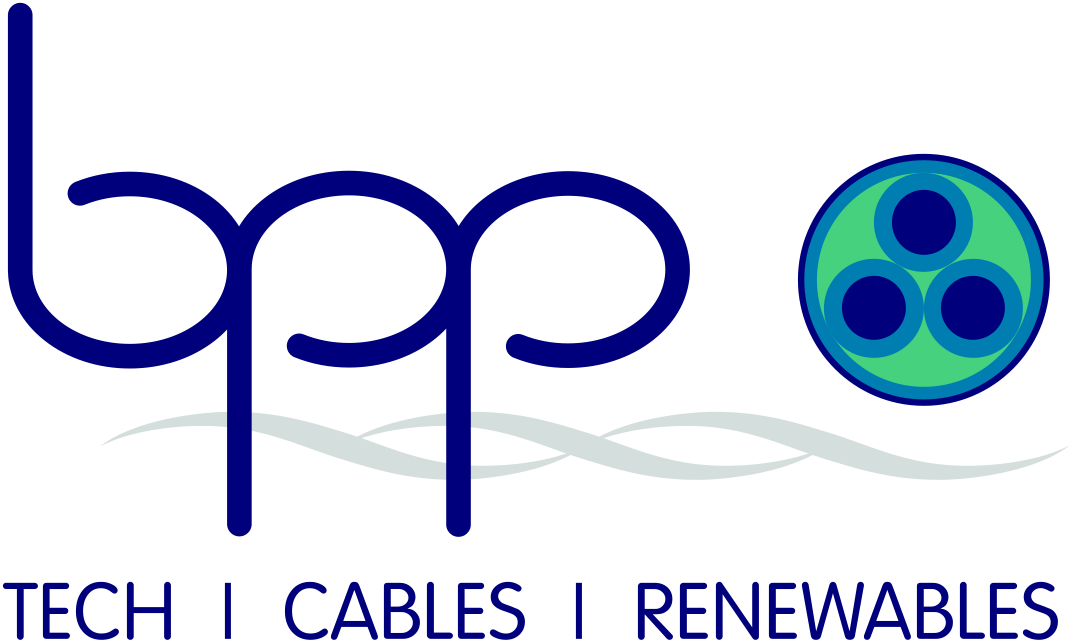Testing
BPP Renewables has extensive experience in the design, analysis and testing of cables, umbilicals and their components. Tests are performed in BPP Renewables’ laboratory supported by an extensive network of testing facilities.
Tests include both mechanical and electrical performance verification, thermal analysis, environmental stress cracking (ESC), chemical analysis tests and forensic examination. testing is carried out to internationally accepted standards including those from the American National Standards Institute (ANSI), American Petroleum Institute (API), American Society for Testing and Materials (ASTM), Insulated Cable engineers association (ICEA), International electrotechnical Commission (IEC), International Organization for standardization (ISO), National electrical Manufacturers association (NEMA), and National association of Corrosion engineers (NACE).
Tests include:
- Tensile (or combined torsion balance and tension)
- Fatigue loads
- Hydrostatic loads
- Combined tension and bending (or reeling)
- Hardness
- Impact
- Electrical
- Conductor resistance
- Screen resistivity
- Insulation resistance
- High-voltage direct current (DC)
- High-voltage alternative current (AC)
- Complete voltage breakdown
- Partial discharge (PD)
- Loss angle (tanδ or dissipation factor)
- Capacitance
- Inductance
- Heating cycle voltage
- Current rating (or ampacity)
- Thermal Analysis
- Differential scanning calorimetry (DSC)
- Thermo-gravimetric analysis (TGA)
- Ageing
- Environmental Stress Cracking (ESC)
- Hydrogen embrittlement (HE) test + hydrogen analysis
- Sulphide stress cracking (SCC) and stress corrosion cracking (SCC)
- Examination and Chemical Analysis
Standards
ANSI/ ICEA S-108-720:2004, “Standard for extruded insulation power cables rated above 46 through 345 kV”.
API Spec 17E:2003/ ISO 13628-5:2002, API Spec 17E:2010/ ISO
13628-5:2009, “petroleum and natural gas industries – Design and operation of subsea – production systems – Part 5: Subsea umbilicals”.
ASTM D638:2010, “Standard test method for tensile properties of plastics”.
ASTM D746:2007, “Standard test method for brittle temperature of plastics and elastomers by impact”.
ASTM E8: 2011, “Standard test method for tension testing of metallic materials”.
ASTM E23: 2003, “Standard test methods for notched bar impact testing of metallic materials”.
ICEA S-93-639:2007/ MEMA WC 74:2006, “5-46 kV shielded power cable for use in the transmission and distribution of electric energy”.
ICEA t-27-581:2008/ MEMA WC 53:2008, “Standard test methods for extruded dielectric power, control, instrumentation and portable cables for test”.
IEC 216:1990, “Guide for the determination of thermal endurance properties of electrical insulating materials”.
IEC 1074:1991, “Determination of heats and temperatures of melting and crystallization of electrical insulating materials by DSC”.
IEC 60228:2004, “Conductors of insulated cables”.
IEC 60502:2004, “Power cables with extruded insulation and their accessories for rated voltages from 1 kV (um=1.2 kV) up to 30 kV (um=36 kV)”.
IEC 60811:2012, “Electric and optical fibre cables – test methods for non-metallic materials”.
IEC 60840:2004, “Power cable with extruded insulation and their accessories for rated voltages above 30 kV (um=36 kV) up to 150 kV (um=170 kV) – test methods and requirements”.
IEC 60885:1988, “Electrical test methods for electrical cables”.
IEC 62067:2006, “Power cables with extruded insulation and their accessories for rated voltage above 150 kV (um=170 kV) up to 500 kV (um=550 kV) – test methods and requirements”.
NACE tm0177:2005, “Laboratory testing of metals for resistance to sulfide stress cracking and stress corrosion cracking in H2S environments”.
